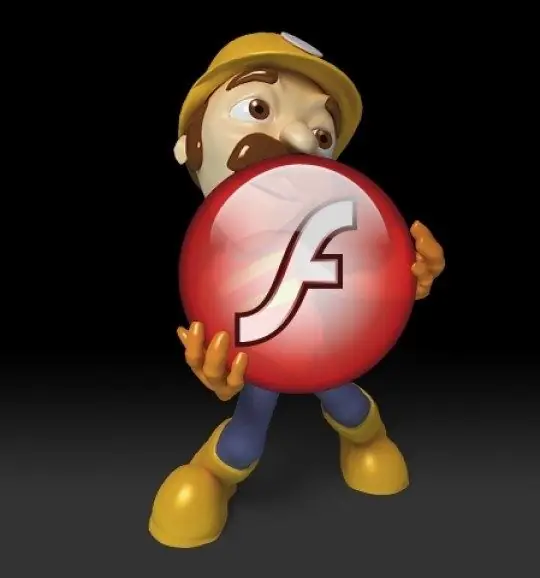As a rule, the goal of creating any flash banner is to attract the maximum number of network users to the advertised site. Therefore, the primary task facing the developers of these very banners is to make them attractive and, most importantly, "clickable". But if beauty can be brought up in various graphic editors, then how to make sure that when you click on a picture, the desired Internet page opens?

Instructions
Step 1
In order to turn a flash-banner or flash-picture into a link, you first need to download the Adobe Flash program (any version) from the Internet and install it on your computer.
Step 2
After the installation is complete, run the program and open the picture you created earlier. This is done as follows: in the control panel, select the "File" item, and in it, in turn, the "Open" sub-item. In the window that appears, select the desired picture and click "Open" again.
Step 3
Then you will need to create an additional separate layer on your banner. It does not matter at all what it will be called, the main thing is that it is at the very top, that is, it is located above the picture itself.
Step 4
After that, you need to activate this layer. To do this, click on it with the left mouse button and select the "Rectangle Tool" (on the side panel it is indicated by a rectangle). Now, anywhere in the work area (the area where your banner is located) draw a rectangle of any size. However, before that, do not forget to remove the borders of the rectangle and make its filling transparent. To do this, open the “Color” tab, and if it is not there, press the key combination Shift + F9, and set the following parameter values: Type - Solid, R - 255, G - 255, B - 255, alpha - 0%.
Step 5
Check again that you drew the rectangle in the first frame of the topmost layer. If everything is correct, then feel free to go to the Info tab. In the event that you did not find one, in the toolbar, select the Window item, and in it the Info sub-item, or press the Ctrl + I key combination to make it appear. After that, select the previously created invisible rectangle by clicking on the first frame of the upper layer with the left mouse button, and then on the rectangle that appears, and set in the Info tab such parameters (height, width, length) of the rectangle as you would like the rectangle to have buttons of your banner. In this case, the coordinates of the rectangle must match the dimensions of the original flash banner, with X = 0.0 and Y = 0.0.
Step 6
Then select the rectangle again and press F8 to convert it to a button. In the window that appears, in the Name field, specify the name of the top layer you created, and in the Type select the Button item and click OK.
Step 7
There is now a button on top of your flash image. To switch to the desired page by clicking, press the F9 key on your keyboard and open the Actions panel.
Step 8
After that, select the first frame of the upper layer with the button located on it and click on the small circle in the center of the button. In the text field of the Actions panel, write the program code that will implement the transition to the Internet page by clicking on the button of the flash banner. This code will look like this: on (release) {getURL ("https://www.flashshablon.ru/", _blank);}
Step 9
The value ", _blank" at the end of the second line means that the page will open in a new browser window. If you want the site to open in the same window, just remove this value. In this case, the code will look like this: on (release) {getURL ("https://www.flashshablon.ru/");}
Step 10
Also note that this code needs to be inserted into the button, not into its frame. Otherwise, an error will occur.






